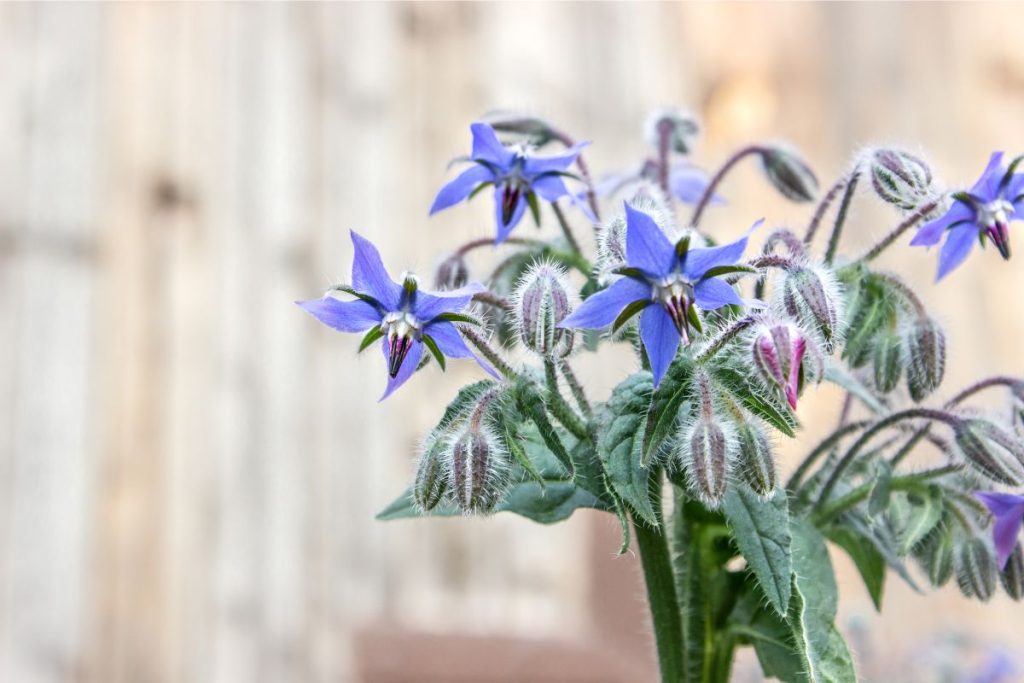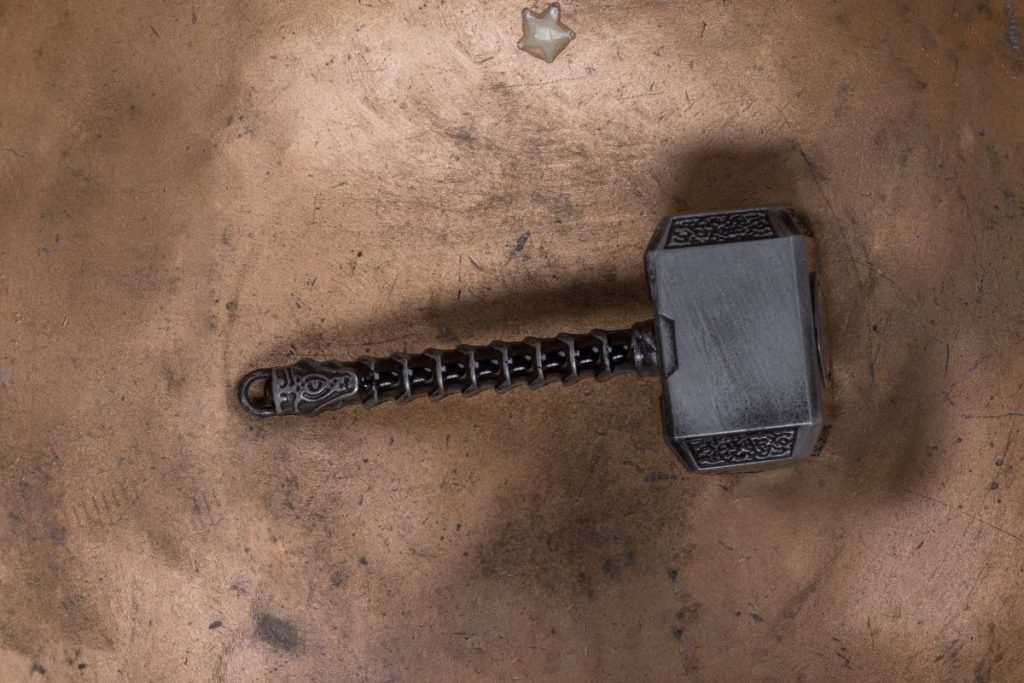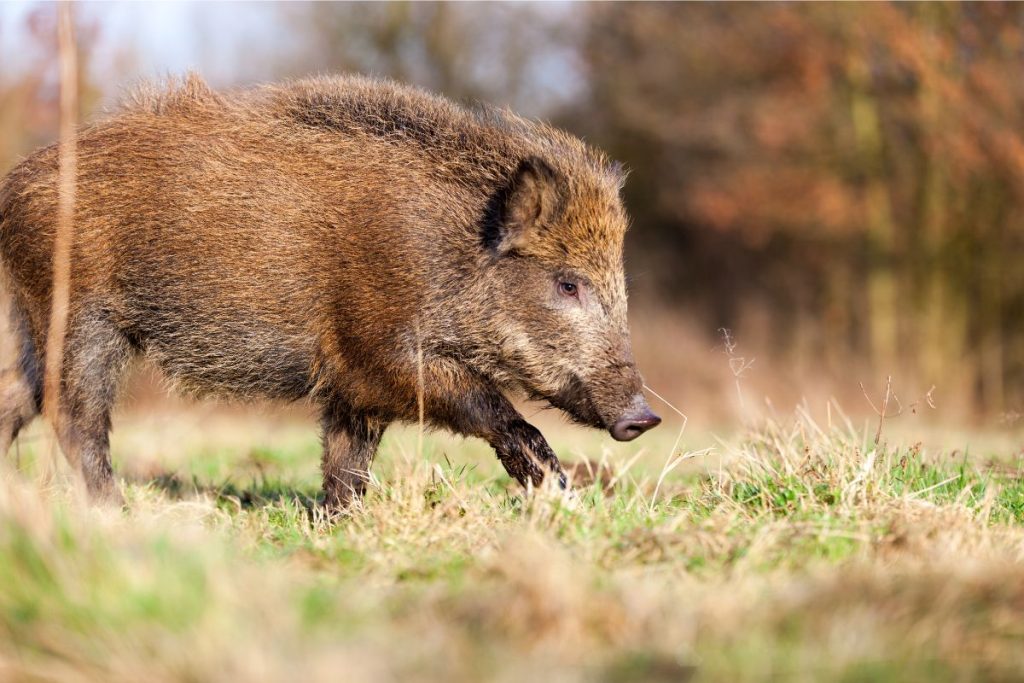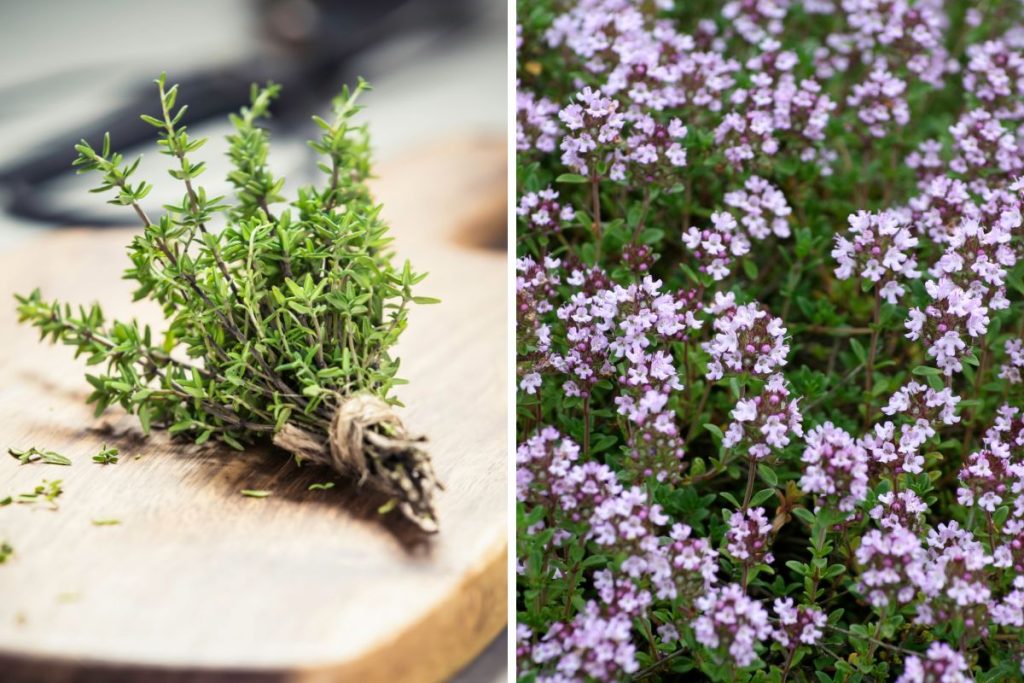Courage and resilience are qualities that have been valued for many years. There are ancient and modern symbols that have displayed courage across faiths, cultures, and countries. Some common examples of courage symbols include the lion, the wolf, borin flowers in Celtic traditions, and Odin in Norse mythology, to name a few.
Animal Symbols of Courage
Animals serve as powerful and majestic symbols across different faiths and cultures. Several animals represent courage and strength.
Lion
The lion is not only the king of the jungle but also a symbol of courage and bravery in many cultures. It represents courage since the lion sits at the top of the jungle’s food chain and is considered a fearless predator that goes after whatever it wants.
The association between lions and courage dates back many centuries. Egyptians used the animal to depict courage as well as protection. They associated the lion symbol with Sekhmet. Sekhment and the goddess Ra had a son, whose symbol was the lion. The Eye of Ra was given to him, as Ra was believed to protect the weak.
The Hindus also consider lions as protectors, using them to represent Vishnu, a part of the Holy Trinity.
Ancient Greeks associated lions with gods like Apollo, Dionysus, and Artemis, who used the lion in their chariots. Here lions protected the homes and guarded the dead, shrines, and thrones.
Wolf
Native Americans considered wolves a symbol of strength, courage, and bravery. But like lions, wolves symbolize much more, like honor, wisdom, and nobility.
They also consider wolves as spirit animals that they can invoke. The Native Americans believed that wolves appear in dreams to guide one toward self-discovery and empowerment. Many people wear wolf totems, amulets, or tattoos to help lead them in the right direction.
Historically, the tribe’s chiefs also wore wolfskin to establish that they were the pack’s leader and a symbol of courage and wisdom.
Eagle
For a long time, the eagle has been recognized as a sacred symbol in numerous cultures because of its size and power. The North American natives associated the bird with positive personality traits like courage, bravery, honor, strength, wisdom, and freedom.
Many other native tribes had a ritual of awarding an eagle feather to the warriors after they won a battle or showed bravery in a war.
Griffins, legendary creatures with a lion’s body but the head and wings of an eagle, also symbolize courage. Since the Middle Ages, they have been protecting the treasures of their owners.
Bear
Bears have an association with strength due to their size. But in some cultures, bears symbolize courage and leadership and are known to be protectors of the entire animal kingdom.
Among certain natives, bears were also a spiritual symbol. Touching a bear, wearing parts of this animal, or having a dream of it could help people draw from its power.

Celtic Symbols of Courage
For Celts, borage flowers were the primary symbol of courage. The plant’s name comes from the word carago, which means I bring courage.
Celtic people added the borage plant to wine to offer them bravery before they went to battle. Besides that, Roman soldiers ate the leaves or flowers from the plant before heading to war. Medieval knights used to wear scarves with borage flowers sewn on them to make them fearless.

Native American Symbols of Courage
The essential symbol of courage in North America was the morning star. It’s the brightest star (planet Venus in reality) in the sky that represents hope and guidance.
The native people used celestial objects to navigate at night, and the morning star might have represented that. Besides that, the Great Plains Indians associated it with courage and pure spirit.
While most of the ancient world despised and feared wolves because of their strong association with danger, the natives perceived them positively. North Americans admired their intelligence and hunting skills.

Norse Symbols of Courage
According to Norse mythology, Odin is the Viking god of war. He uses Gungnir, or the Swaying One, as his spear, which is also his divine symbol. Due to this, the spear denotes the traits associated with Odin – wisdom, healing, war, and victory.
Gungnir also relates to courage and self-sacrifice because of Odin’s sacrifice. He stabbed himself with the spear Gungnir and then hung himself from Yggdrasil, the world tree, for nine days and nights to discover the runes or the secrets they held.
The Germanic also considered Thor’s hammer, Mjölnir, a symbol of strength, courage, and protection.

Ancient Greek Symbols of Courage
In Greek mythology, boars are the most prominent symbol of power and courage. Almost every hero has fought or killed an animal. Even in many other European cultures, boars embody a warrior’s virtue, and killing one was a way of proving courage and strength.
Greek funerary art also depicted boars with lions to represent a gallant warrior who has finally met a match.

Thyme
Thyme was a symbol of courage in many cultures in Europe, including Greek culture. The plant, known for its medical and aromatic properties for centuries, symbolizes courage and bravery.
The ancient Greeks used thyme in their bath or burned it in their temples as incense since they believed it offered courage. Due to imports from the Greeks, the Romans also linked thyme with courage.

Courage has been valued since ancient times and is a desired personal trait. People from almost every nation and culture have been using symbols and totems to represent courage. There are numerous symbols of courage, from animals to spears, plants to flowers!

